Understanding the British Tax Year is essential if you live or work in the UK. It might sound daunting at first, but don’t worry! This guide will help you navigate through the key dates and processes. Whether you’re a seasoned taxpayer or new to the system, this step-by-step article will simplify everything for you.
What is the British Tax Year?
Understanding the British Tax Year The UK’s tax year runs from April 6th to April 5th of the following year. This might seem odd compared to the calendar year, but there’s a historical reason behind it. In 1752, Britain switched from the Julian calendar to the Gregorian calendar, which significantly altered dates. The new year was moved from March 25th to April 6th, which has remained the start of the tax year ever since.
Key Dates to Remember
Knowing the important dates in the British tax year can help you stay on top of your financial responsibilities:
- April 6th: The start of the new tax year.
- April 5th: The end of the current tax year.
- April 6th to April 30th: Time to prepare and submit any final tax-related documentation for the previous tax year.
- July 31st: Deadline for the first payment on account.
- October 5th: Deadline to register for self-assessment if you’re self-employed or have other untaxed income.
- October 31st: Deadline for submitting a paper tax return.
- January 31st: Deadline for online tax return submissions and final balancing payment.
Understanding the British Tax Year Step-by-Step Guide to Navigating the Tax Year
1. Start with Registration
If you’re self-employed or have untaxed income, you must register for self-assessment by October 5th, following the end of the tax year in which you earned the income. This means if you earned income in the 2023/2024 tax year, you must register by October 5th, 2024.
2. Keep Good Records
Maintaining accurate records of your income and expenses throughout the year is crucial. This includes:
- Invoices
- Receipts
- Bank statements
Good record-keeping will make completing your tax return accurately and on time easier.
3. Understanding Allowances and Reliefs
The UK tax system offers various allowances and reliefs that can reduce your tax bill. The most common is the Personal Allowance, the income you can earn tax-free. For the 2023/2024 tax year, this is set at £12,570. There are also reliefs available for things like business expenses and charitable donations.
4. Filing Your Tax Return
Your tax return can be filed online or on paper. The deadline for online submissions is January 31st, following the end of the tax year, while the deadline for paper submissions is October 31st. Filing online is often quicker and more efficient.
5. Making Payments
You might need to make payments on account if your tax bill is over a certain amount. This means paying some of your tax bills in advance based on the previous year’s tax. The first payment is due by January 31st, and the second by July 31st. Any remaining tax is due by January 31st of the following year.
Common Questions and Answers
Why does the tax year start on April 6th?
The start date of April 6th dates back to 1752 when Britain switched to the Gregorian calendar. The fiscal year needed to compensate for the lost days, and April 6th was chosen as the new start date.
What happens if I miss the deadline?
If you miss the deadline for filing your tax return or making a payment, you may face penalties and interest charges. It’s essential to file on time to avoid these additional costs.
How do I know how much tax I owe?
Once you submit your tax return, HM Revenue and Customs (HMRC) will calculate your tax bill. You’ll receive a bill outlining how much you owe and the payment deadlines.
Practical Tips for Managing Your Tax Year
Use Digital Tools
Many digital tools and software are available to help you keep track of your finances, such as QuickBooks, Sage, and Xero. These can automate many aspects of record-keeping and make filing your tax return easier.
Set Reminders
Use a calendar or reminder app to keep track of important deadlines. Missing a deadline can lead to penalties, so staying organized is crucial.
Seek Professional Help
If you’re unsure about any aspect of your taxes, consider seeking advice from a professional accountant. They can provide valuable insights and ensure you take advantage of all available allowances and reliefs.
Conclusion
Understanding the British Tax Year Navigating the British tax year might initially seem complicated, but it can be straightforward with some organization and understanding. Remember the key dates, keep good records, and use digital tools to manage your finances effectively. By following this guide, you’ll be well-prepared to handle your tax responsibilities confidently.


